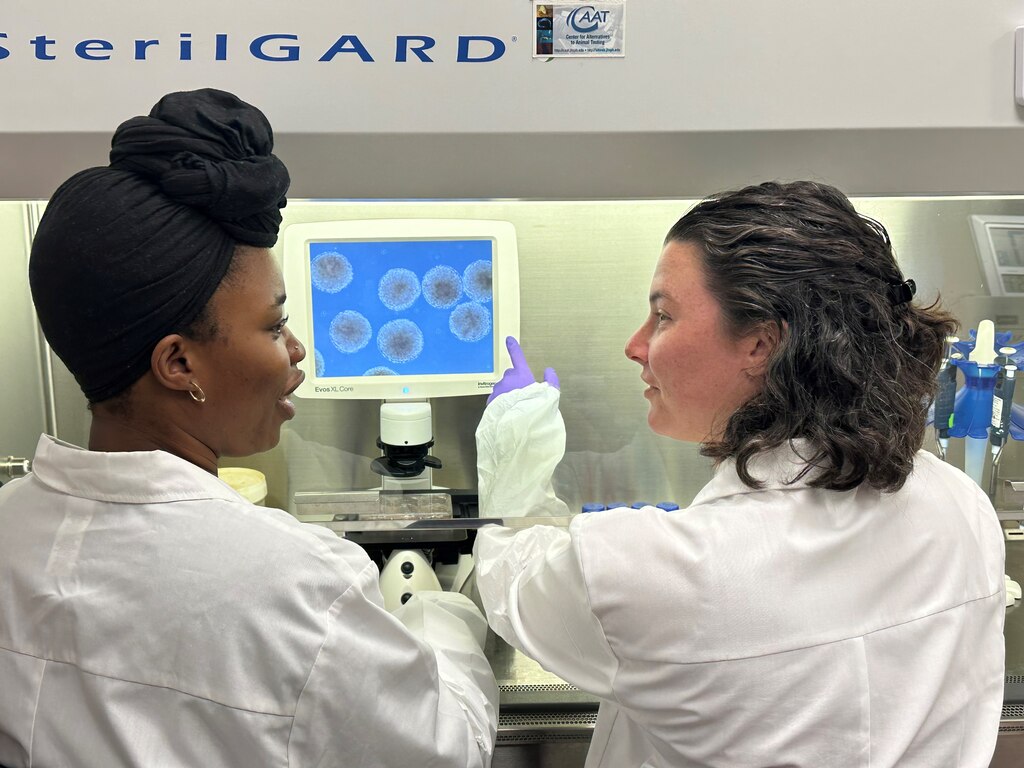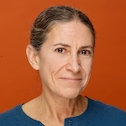Every pregnant woman has likely heard it: President Donald Trump said last week that Tylenol causes autism and they should “fight like hell not to take it.”
The unproven statement drew immediate pushback from doctors and scientists who cautioned that the president’s assertion is not supported by the data about the widely-used painkiller acetaminophen, Tylenol’s main ingredient.
“The cause could be the fever the drug was treating,” said Christine Ladd-Acosta, an autism researcher in Johns Hopkins University’s Wendy Klag Center for Autism and Developmental Disabilities.
“The question is how were the studies designed to control for all these other factors,” she said. “It’s complicated, is the simple answer.”
Researchers like Ladd-Acosta, an associate professor of epidemiology in the Johns Hopkins Bloomberg School of Public Health, bristle at the notion that there is a single cause of autism.
She and colleagues are deep into a major federally funded study looking at all factors potentially at play in the development of autism.
Read More
Within the next two years, they expect to have more concrete findings from the $11.7 million, five-year investigation that considers the role played by thousands of genes and the impact of dozens of environmental factors, from pesticides to pollution to medications.
The Hopkins-led study includes data from 175,000 people in 18 sites in the United States, Canada and Denmark. It not only seeks to uncover causes of autism, but what might better the lives of people who have it.
Autism is characterized by social and communication challenges. The search to discover its cause has gained more attention in recent years as its prevalence has been on the rise. One in every 31 U.S. children was diagnosed with autism in 2022, up from 1 in 69 a decade before, according to the U.S. Centers for Disease Control and Prevention.
The large increase is largely attributable to providers making more autism diagnoses, rather than a much higher prevalence of the condition in the population, Ladd-Acosta said.
The number of people diagnosed with autism began to rise over time as the definition expanded, adding Asperger’s syndrome under the umbrella for autism, for example. The condition is now called autism spectrum disorder, and doctors also more routinely screen for it. There’s also more awareness and acceptance, with services and support for those with a diagnosis.

Other factors, including babies born far before their due date and children of older parents — fathers in particular — also could be driving some of the increase, she said.
Ladd-Acosta said research still largely points to a genetic cause. People may have the genes that will inevitably lead to autism, or they are predisposed and one or more things push them over the top or make their symptoms more severe, she said.
To help test which factors and combinations pose risks, another Hopkins researcher, Lena Smirnova, is producing “brain organoids” made from human stem cells that can mimic a developing brain.
“Our goal is to improve quality of life,” she said. “If we know the causes, we can try and prevent the symptoms.”
Despite a consensus in the mainstream scientific community that a variety of potential causes are likely responsible, federal health officials said last week they would add a warning label to acetaminophen bottles about potential risks of autism.
That development, however, also drew alarmed statements from medical providers, who said the active drug in Tylenol is among the few treatments for fevers in pregnancy. The treatment can be critical because high fevers can affect the health of the mother and fetus.
While Trump’s proclamation rankled many in the scientific community, his administration’s National Institutes of Health also awarded $50 million in grants to study all the causes of autism — one of which will also come to Hopkins.
“By bringing together genetics, biology, and environmental exposures, we are opening the door to breakthroughs that will deepen our understanding of autism and improve lives,” NIH Director Dr. Jay Bhattacharya said in a statement.





Comments
Welcome to The Banner's subscriber-only commenting community. Please review our community guidelines.